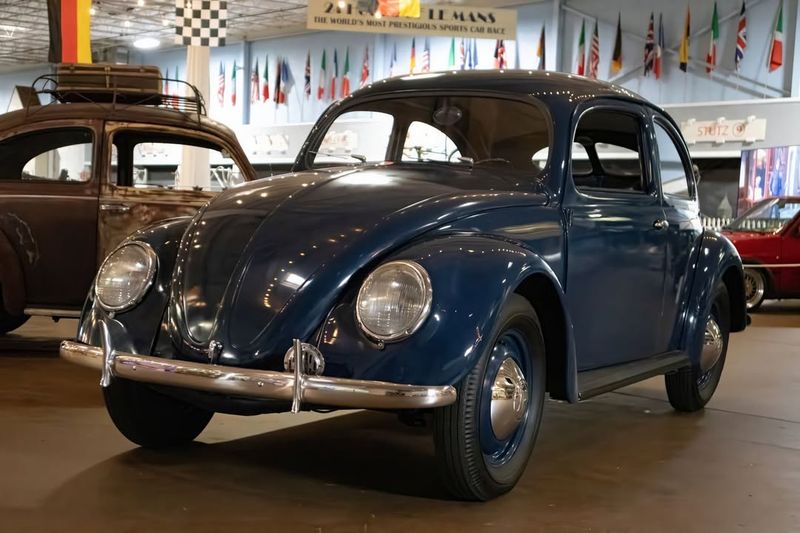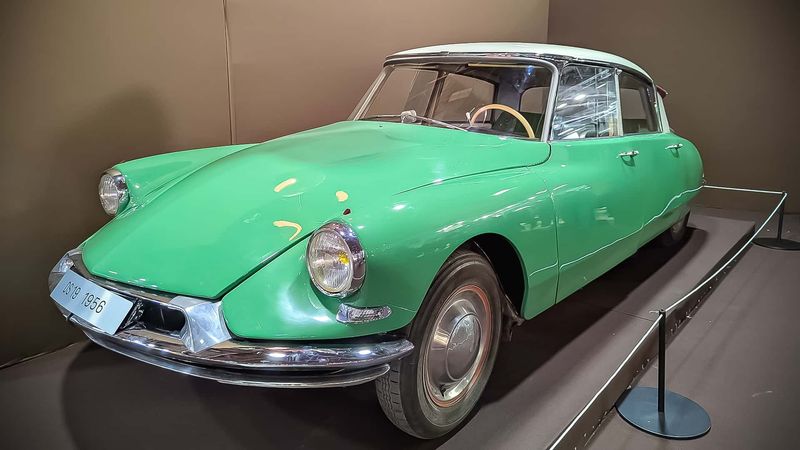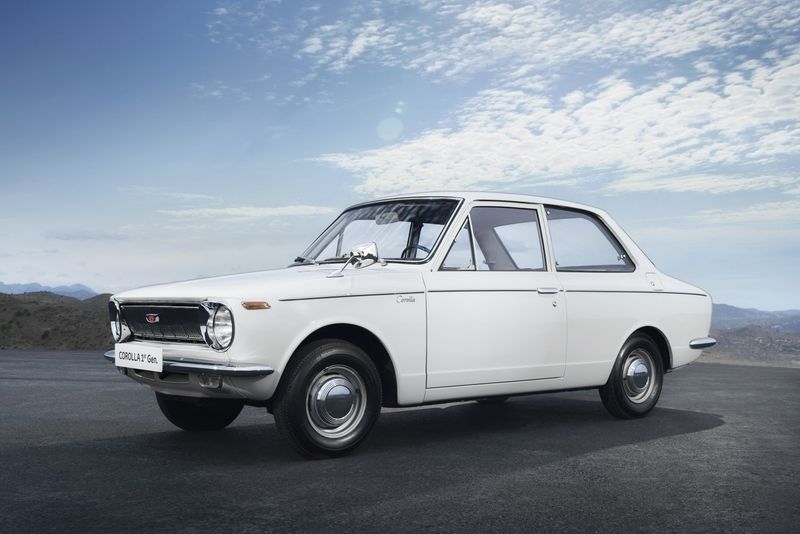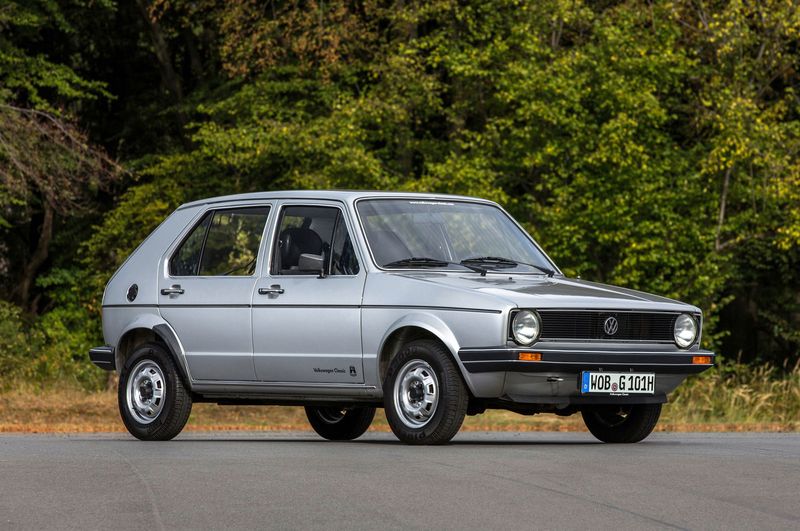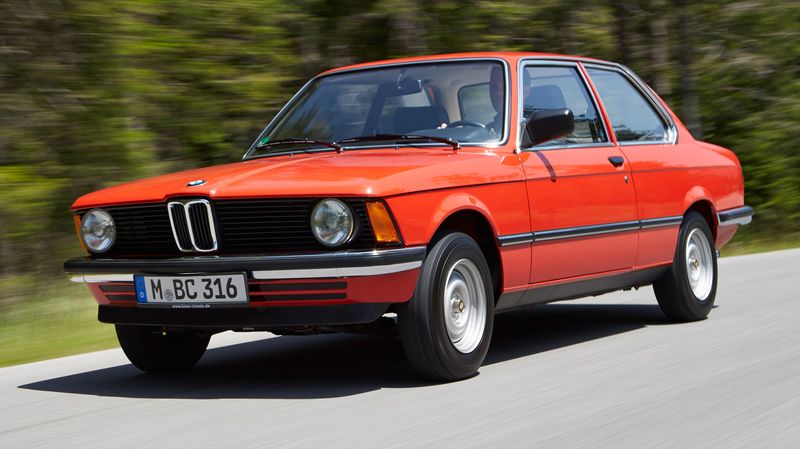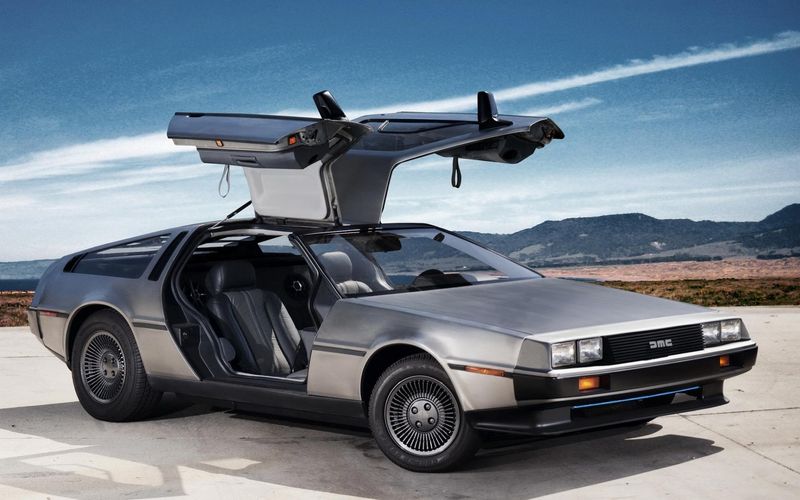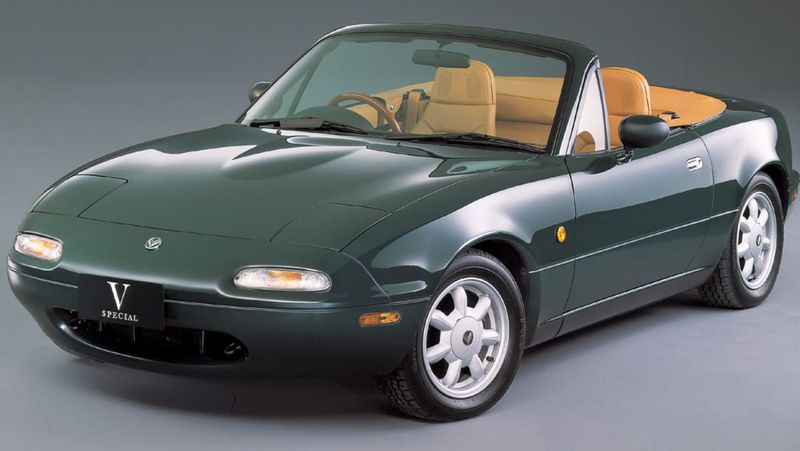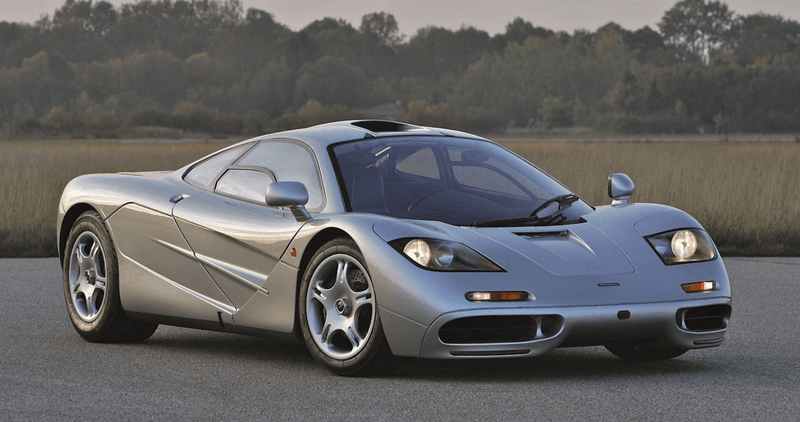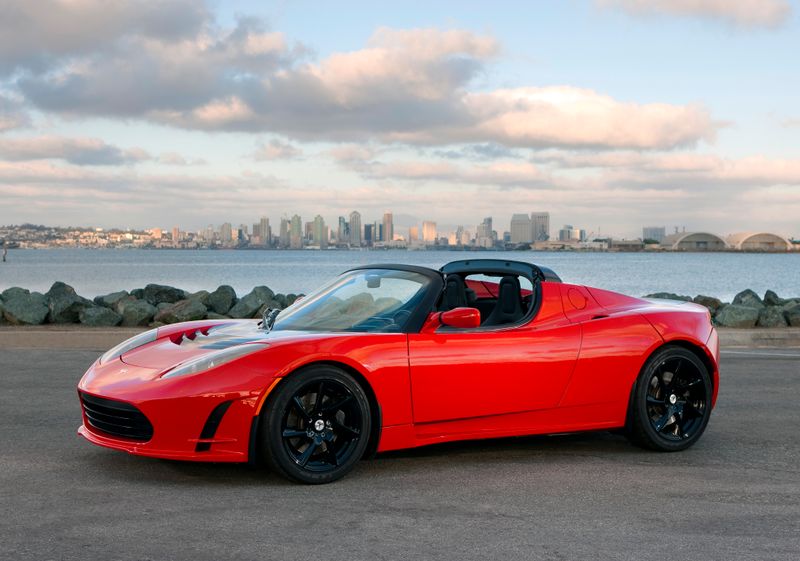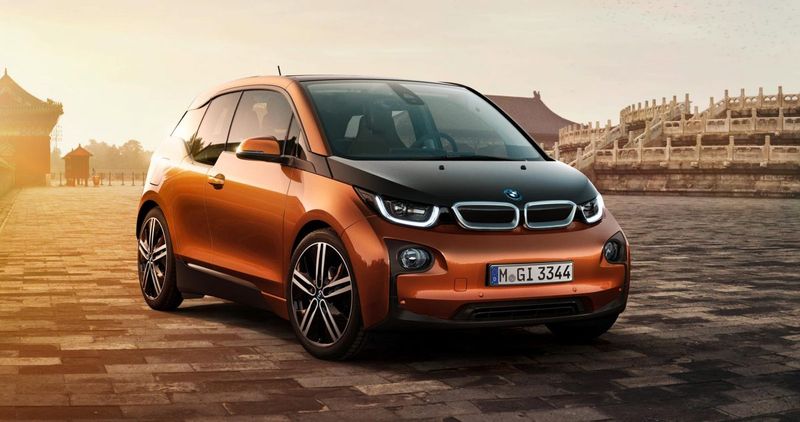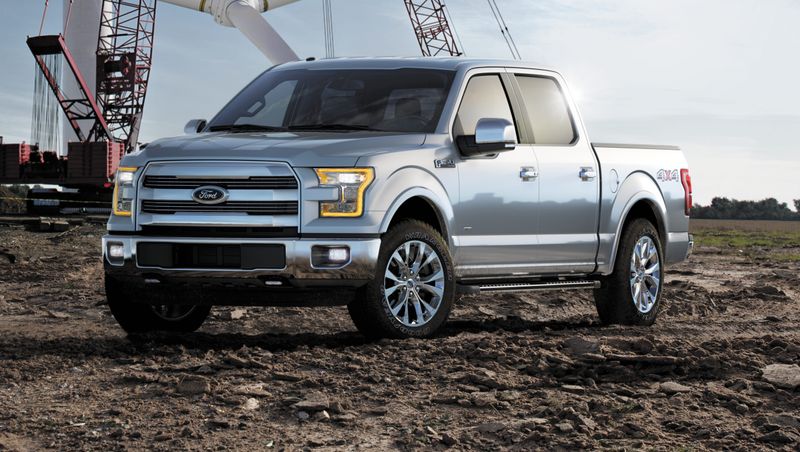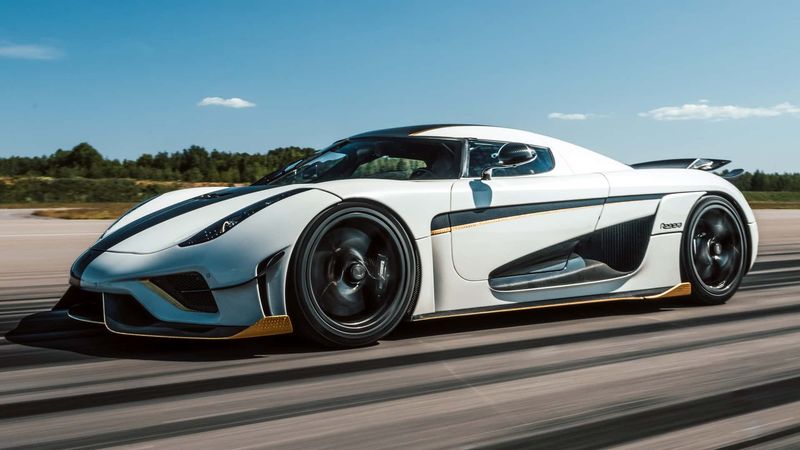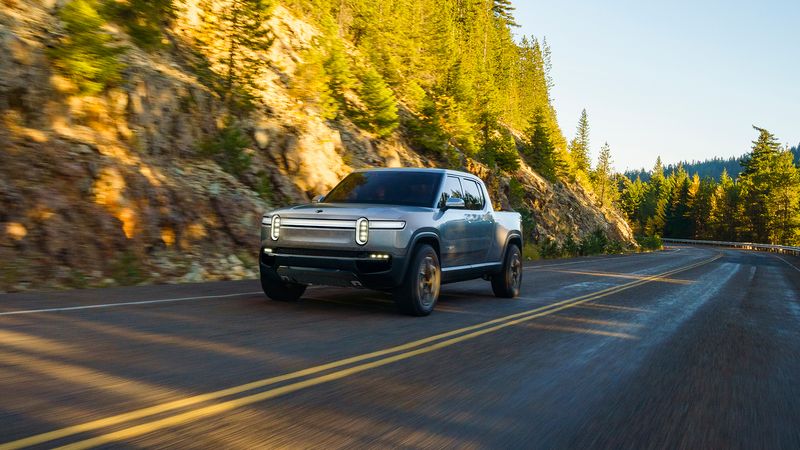Explore 23 iconic cars that transformed the automotive world after 1945, with innovations, unique designs, and groundbreaking achievements.
1. 1948 Land Rover Series I
The 1948 Land Rover Series I emerged as the pioneer of SUVs, built initially for agricultural use. Its sturdy design captured the hearts of adventurers who yearned for exploration.
This vehicle’s capability to conquer tough terrains while remaining reliable opened up a new world of possibilities for off-road exploration. Farmers loved its utility, while the adventurous appreciated its ability to handle rugged landscapes.
Land Rover’s iconic status was born from this model, setting the standard for future SUVs and capturing imaginations worldwide. An indelible mark on automotive history.
2. 1949 Volkswagen Beetle
Once envisioned as the “People’s Car” under Hitler’s regime, the 1949 Volkswagen Beetle carved its own path to become a global icon. Its distinctive shape and reliable performance made it a favorite across continents.
While its origins were rooted in controversial beginnings, the Beetle surpassed expectations, resonating with post-war society’s need for simplicity and efficiency.
Embraced by the counterculture of the 1960s, this quirky vehicle became synonymous with freedom and individuality. From its unique design to its symbolic legacy, the Beetle’s journey from failure to fame is nothing short of remarkable.
3. 1955 Citroën DS
When the 1955 Citroën DS debuted, it was as if a spaceship had landed on Earth. Its space-age design, featuring an innovative hydraulic suspension, set new standards for luxury and technology.
The DS was not just a car; it was a statement piece, representing modernity and sophistication. Its smooth ride and avant-garde styling captured the imagination of everyone from presidents to the everyday driver.
Decades ahead of its time, the Citroën DS remains a symbol of automotive ingenuity. Its legacy continues to influence design, proving that innovation can be timeless.
4. 1957 Fiat 500
The 1957 Fiat 500, known as the “Cinquecento,” redefined what it meant to be a city car. Its compact size and charming design made it an instant favorite among urban dwellers navigating the bustling streets of Italy.
This little car was more than just cute; it was practical and economical, offering an affordable solution for post-war Europeans. Its ingenious layout maximized space without sacrificing style.
Over the years, the Fiat 500 has become an emblem of Italian culture, inspiring new generations of city cars and remaining a beloved classic worldwide.
5. 1964 Ford Mustang
With the roar of its engine, the 1964 Ford Mustang introduced the world to the pony car. It wasn’t just a vehicle; it was a lifestyle. Affordable performance became accessible to the masses, and the Mustang quickly became a cultural icon.
Its sleek design and powerful engine appealed to young, adventurous drivers seeking excitement. The Mustang’s introduction marked a turning point in American automotive history, influencing countless imitators.
Decades later, the Mustang remains a symbol of youthful rebellion and the open road, a testament to its enduring appeal and groundbreaking influence.
6. 1966 Toyota Corolla
The 1966 Toyota Corolla may not have been flashy, but its impact was undeniable. As the beginning of Toyota’s rise to global dominance, the Corolla’s emphasis on reliability and efficiency set new standards for the industry.
This unassuming car quietly won over consumers with its dependability and affordability. It became the blueprint for future models, helping Toyota establish a reputation synonymous with quality.
Today, the Corolla is celebrated as one of the best-selling vehicles of all time, a testament to its innovative design and Toyota’s unwavering commitment to excellence.
7. 1969 Dodge Charger Daytona
With its distinctive wing and nose cone, the 1969 Dodge Charger Daytona was born to race. This aerodynamic marvel was so fast that it forced NASCAR to change its rules.
The Daytona’s purpose was clear: dominate the track and push the boundaries of speed. Its success was unprecedented, cementing its legacy as a pioneer in automotive racing.
Though its time on the racetrack was short-lived, the Daytona’s impact on design and performance resonates to this day, inspiring countless racing enthusiasts and car designers with its bold innovation.
8. 1970 Range Rover
In 1970, the Range Rover redefined luxury and off-road capability by combining them into one groundbreaking vehicle. It offered the elegance of a city car with the ruggedness of an off-roader.
The Range Rover’s unique combination attracted a wide audience, from royalty to adventurers seeking thrill in remote landscapes. Its versatility set new standards for the SUV market.
Over the years, the Range Rover has evolved, but its core philosophy remains unchanged. It’s a testament to the vision that a vehicle can be both luxurious and capable, a revolutionary concept.
9. 1973 Volkswagen Golf (Mk1)
The 1973 Volkswagen Golf Mk1 was a lifeline for Volkswagen, replacing the iconic Beetle with a fresh approach. This front-wheel-drive hatchback offered practicality and performance, rejuvenating VW’s lineup.
Its modern design and innovative engineering made it an instant hit, appealing to a diverse range of drivers. The Golf became synonymous with versatility, setting the stage for future generations.
As one of the best-selling cars in history, the Golf Mk1’s legacy endures, proving that innovation and adaptability can breathe new life into a brand.
10. 1976 BMW 3 Series (E21)
The 1976 BMW 3 Series E21 perfected the sports sedan formula, blending performance with luxury. It was a car that appealed to enthusiasts and professionals alike, seeking both thrill and refinement.
With its balanced handling and sleek design, the 3 Series set new benchmarks for what a sedan could be. It offered a driving experience that was both exhilarating and sophisticated.
Decades later, the 3 Series remains a cornerstone of BMW’s lineup, a testament to its enduring appeal and the brand’s commitment to driving excellence.
11. 1981 DeLorean DMC-12
Though a commercial failure, the 1981 DeLorean DMC-12 achieved fame beyond its sales figures. Its stainless steel body and gull-wing doors captured imaginations, especially after being featured in “Back to the Future.”
The DeLorean’s unique design and pop culture status made it an enduring symbol of 1980s futurism. It represented dreams of innovation and the possibilities of technology.
Despite its short-lived production, the DMC-12’s legacy lives on, reminding us that sometimes, cultural impact can outweigh commercial success. Its story is a fascinating chapter in automotive history.
12. 1984 Jeep Cherokee (XJ)
The 1984 Jeep Cherokee XJ revolutionized the SUV market with its unibody construction, a departure from the traditional body-on-frame design. It combined the ruggedness of an off-roader with the refinement of a city vehicle.
The Cherokee’s versatility attracted a diverse audience, from families seeking adventure to off-road enthusiasts. Its compact size and go-anywhere capability set new standards for SUVs.
Today, the Cherokee XJ is celebrated as the first modern SUV, paving the way for future generations and influencing design and engineering in the automotive industry.
13. 1986 Ford Taurus
In 1986, the Ford Taurus emerged as a savior for Ford, offering aerodynamic design and innovative features. It represented a shift towards modernity in American automotive design.
The Taurus was not just a car; it was a statement of intent, emphasizing efficiency and style. It resonated with consumers seeking a fresh approach, revitalizing Ford’s lineup.
Its success proved that embracing change could lead to unprecedented achievements. The Taurus’ influence on design and manufacturing endures, a symbol of Ford’s resilience and adaptability.
14. 1989 Mazda MX-5 Miata
In a world of growing complexity, the 1989 Mazda MX-5 Miata brought joy back to driving with its lightweight design and rear-wheel-drive setup. It was a car that celebrated simplicity and fun.
The Miata captured the essence of driving pleasure, offering an experience that was both engaging and accessible. Its design paid homage to classic roadsters while introducing modern reliability.
The Miata’s legacy is defined by its purity and connection to the road. It remains a beloved choice for enthusiasts, proving that less can indeed be more in the world of automotive design.
15. 1993 McLaren F1
The 1993 McLaren F1 was more than just the fastest car in the world; it was a masterpiece of engineering and luxury. Its gold-lined engine bay and central driving position set it apart from anything else.
With a top speed that remained unmatched for years, the F1 was a testament to McLaren’s pursuit of perfection. Its design and performance captivated those fortunate enough to experience it.
Today, the McLaren F1 is revered as a pinnacle of automotive achievement, a symbol of what can be accomplished when no compromises are made in the pursuit of excellence.
16. 2004 Toyota Prius (2nd Gen)
The 2004 Toyota Prius 2nd Gen made hybrids mainstream, transforming perceptions of eco-friendly vehicles. It was a car that offered a glimpse into the future of automotive technology.
With its distinctive design and pioneering hybrid system, the Prius appealed to environmentally conscious drivers seeking efficiency without sacrificing practicality.
Its success paved the way for a new era of sustainable mobility, influencing manufacturers worldwide. The Prius remains a symbol of Toyota’s commitment to innovation and environmental responsibility.
17. 2008 Tesla Roadster
The 2008 Tesla Roadster was a game-changer, proving that electric vehicles could be both desirable and high-performing. It marked the beginning of Tesla’s rise to prominence.
The Roadster’s sleek design and impressive range shattered misconceptions about EVs, appealing to those looking for innovation and excitement.
Its impact on the industry was profound, inspiring a wave of electric vehicle development and setting Tesla on a path to revolutionize transportation. The Roadster remains a symbol of vision and ambition, a testament to what can be achieved with bold ideas.
18. 2010 Nissan Leaf
The 2010 Nissan Leaf was a bold step into the future, becoming the first mass-market electric vehicle. While not without flaws, it represented a significant shift towards sustainable transportation.
The Leaf’s introduction challenged the status quo, offering an environmentally friendly alternative to traditional vehicles. Its practicality and affordability made it accessible to a broad audience.
Though criticized for its limited range, the Leaf’s legacy is its role in pushing the boundaries of what electric vehicles could achieve. It’s a reminder of the ongoing journey towards a greener future.
19. 2013 BMW i3
The 2013 BMW i3 was not just another electric vehicle; it was a vision of what urban mobility could be. Its carbon-fiber construction and suicide doors made it a standout in the market.
The i3’s design was both futuristic and functional, appealing to those who valued innovation and sustainability. While its quirky appearance divided opinions, its influence was undeniable.
The i3 paved the way for future BMW electric models, demonstrating that bold design and advanced technology could coalesce into something extraordinary. Its impact on urban transportation continues to be felt.
20. 2015 Ford F-150 (Aluminum Body)
The 2015 Ford F-150 took a bold step by adopting an aluminum body, a move that was met with skepticism but ultimately proved successful. It represented a new era for trucks, focusing on efficiency and durability.
The F-150’s lightweight design improved fuel economy without compromising strength, appealing to those who needed capability without excess weight.
Its success set a precedent for future truck designs, showcasing Ford’s willingness to innovate and adapt. The F-150 remains a leader in the pickup market, a testament to foresight and engineering prowess.
21. 2017 Koenigsegg Regera
The 2017 Koenigsegg Regera redefined hypercar engineering with its single gear and 1,500 horsepower. It was a vehicle that pushed the boundaries of performance and luxury.
The Regera’s unique design and innovative technology set it apart, offering a driving experience unlike any other. Its presence was both awe-inspiring and intimidating.
As a symbol of Koenigsegg’s relentless pursuit of excellence, the Regera continues to influence the hypercar segment. It’s a reminder that innovation knows no bounds when imagination is the only limit.
22. 2020 Rivian R1T
The 2020 Rivian R1T was the first electric pickup to deliver on its promises, combining innovation with practicality. It represented a turning point in the electric vehicle market.
With its impressive range and rugged design, the R1T appealed to outdoor enthusiasts and eco-conscious drivers alike. It demonstrated that electric vehicles could thrive in demanding conditions.
The R1T’s success paved the way for future electric trucks, proving that the future of transportation could be both sustainable and adventurous. It’s a milestone in the journey towards a greener world.
23. 2022 BYD Han EV
The 2022 BYD Han EV emerged as a formidable competitor in the electric vehicle market, often dubbed China’s “Tesla killer.” Its sleek design and impressive performance made it a popular choice.
The Han EV’s success in Asia highlighted the growing influence of Chinese automakers on the global stage. It offered a blend of luxury and technology that resonated with discerning consumers.
As BYD continues to expand its reach, the Han EV stands as a testament to innovation and the shifting dynamics of the automotive industry. Its story is one of ambition and achievement.


